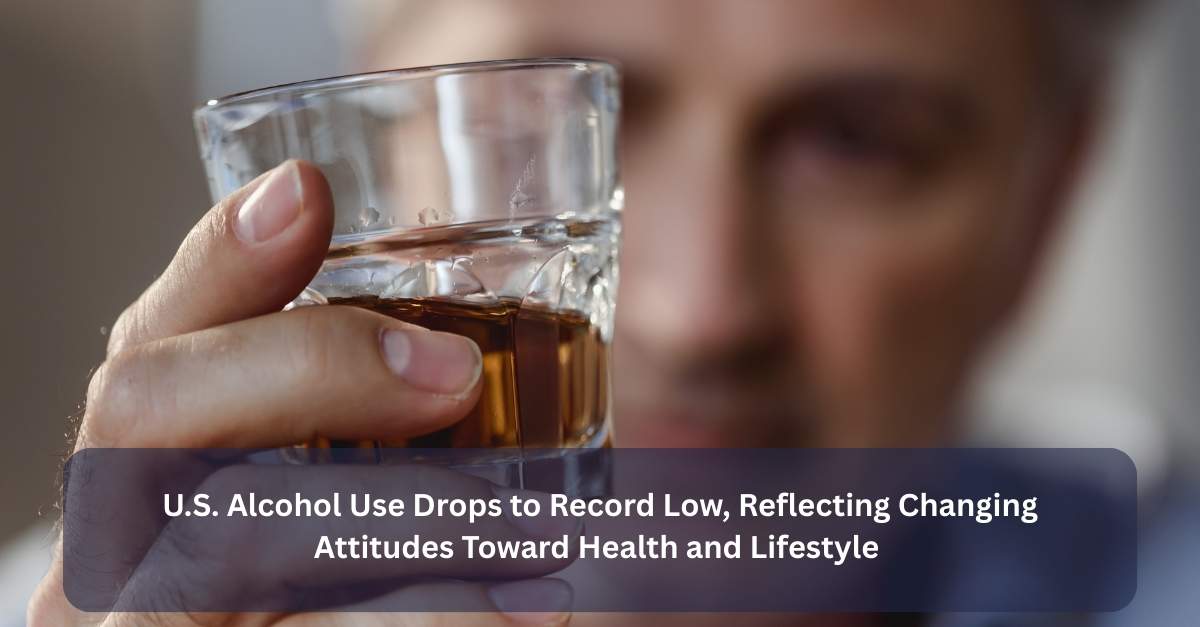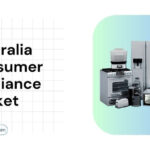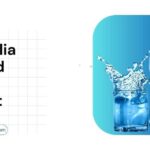13th August 2025, United States
Introduction
Gallup survey in 2025 has found a dramatic American change in drinking: drinking among US adults has fallen to an all-time low, with just 54% of those polled reporting they drink. This is a precipitous fall from 58% in 2024 and an even more precipitous one from 62% in 2023. Notably, this is the lowest rate of alcohol use since Gallup has been keeping track of such data way back in 1939, beating the previously recorded all-time low of 55% in 1958. This is no anomaly but an indicator of a deeper cultural shift. One major contributing reason for this downturn is the changing view of the health dangers of alcohol.
Historically, for the first time, the majority 53% of Americans now understand that even moderate drinking, one or two drinks a day, is dangerous. That’s up from 45% last year, and it only indicates how rapidly public opinion is changing. The change is led by young adults, especially the 18- to 34-year-old cohort, with almost two-thirds in this group believing moderate drinking is dangerous. But this shift in consciousness extends beyond the young; older groups are increasingly defying the old assumption that moderation in drinking is safe, a symptom of a general shift in how people think about the place of alcohol in American society. This shifting worldview appears to redefine not just personal decisions but also cultural mores that once praised drinking as a normal aspect of socializing. A fall in America’s daily and weekly alcohol drinking rates to an all-time low indicates a broader trend towards lifestyle and consumption patterns.
What the Numbers Say
As per the 2025 Gallup poll, just 24% of drinkers indicated having had a drink the previous day, the lowest ever percentage that attests to the declining significance of booze in the daily life of the public. Simultaneously, 40% responded that more than one week had passed since they had last had a drink, which represents a record high rate since the year 2000. This reports an increasing pattern of occasional or light drinking, instead of frequent use. To this trend, the average weekly number of drinks being consumed plummeted, to a record low of just 2.8 drinks—the lowest average ever since 1996.
Strategic & Cultural Significance
- A Health‑First Mindset Takes Hold
Public health messaging has turned strongly against even moderate alcohol consumption. Experts now attribute seven cancers, along with mental illnesses such as depression and anxiety, to alcohol. This has considerably eroded the widely held assumption that moderate drinking might confer cardiovascular benefits. National guidelines on health are being reassessed in the light of this evidence.
- Gender & Party Affiliation Trends
- Women’s drinking has seen the steepest drop down 11 percentage points since 2023, compared to a 5-point drop among men.
- Preferences remain gendered: women tend to prefer wine, while men lean toward beer.
- On the political front, Republicans have recorded the sharpest drop in alcohol use, with only 46% now saying they drink—nearly a third less than in 2023. Democratic drinking rates have remained more stable in comparison.
- Not a Marijuana Substitution
In spite of increasing marijuana legalization throughout the U.S., the statistics indicate that the reduction in alcohol consumption is not being offset by rising cannabis consumption. This implies a more generalized health-related trend of abstention, not a simple substance substitution.
- Sales & Industry Impacts
With fewer people imbibing, the abstinence beverage market is booming. From high-end zero-proof cocktails to Sober Bars, the industry is adapting to accommodate this new consumer group. The cultural message is evolving from “drink to relax” to “live well and mindfully.”
Regulatory Pathways & Health Policy
Current federal regulations recommend men limit alcohol to two drinks per day and women to one. These are now subject to reassessment as the evidence heightens the dangers of even light-to-moderate drinking.
To respond to rising health issues, certain policymakers and healthcare professionals have advocated stricter regulations in the form of cancer warning labels on alcohol. There is ever-growing global agreement with the view that consuming no amount of alcohol is entirely safe.
Next Steps & Outlook
Normalization of sobriety, particularly among millennial generations, looks like it is more than a fleeting fad. Sober social gatherings, sober-curious culture, and wellness influencers embracing alcohol-free wellness are codifying a new social norm in which not drinking is becoming a sign of strength, rather than deprivation.
For the liquor sector, this change will require strategic rebalancing. Look for turns toward low-alcohol drinks, functional drinks, and wellness-oriented branding. In this sector, innovation will be the key to staying relevant in a health-focussed marketplace.
Strategic Takeaways
|
Key Points |
Strategic Insight |
|
Record-low drinking rates |
Signals a deep cultural change—health systems, industries, and institutions must adapt. |
|
Health-first attitudes rising |
Messaging aligned with science is influencing long-term behavioral shifts. |
|
Demographic segmentation |
Custom outreach to young adults, women, and political subgroups will be essential. |
|
Market disruption |
Opportunity for non-alcoholic brands and health-first innovators to lead. |
|
Policy potential |
Rising awareness paves the way for tighter health regulations and safety labeling. |
Final Outlook
The 2025 Gallup poll is not a survey it’s a social barometer. It’s a demonstration of an historic shift in how Americans perceive health, wellness, and personal responsibility. With drinking at its lowest point in contemporary US history, sobriety has ceased to be a marginal movement. It’s an emerging cultural value.
As we increasingly become a health-aware generation, Americans are less concerned with the clinking of wine glasses and more concerned with the clarity of mind. Whether this trend is a long-term reboot or a generation detour, we cannot yet know, but its force in the present is impossible to deny.











